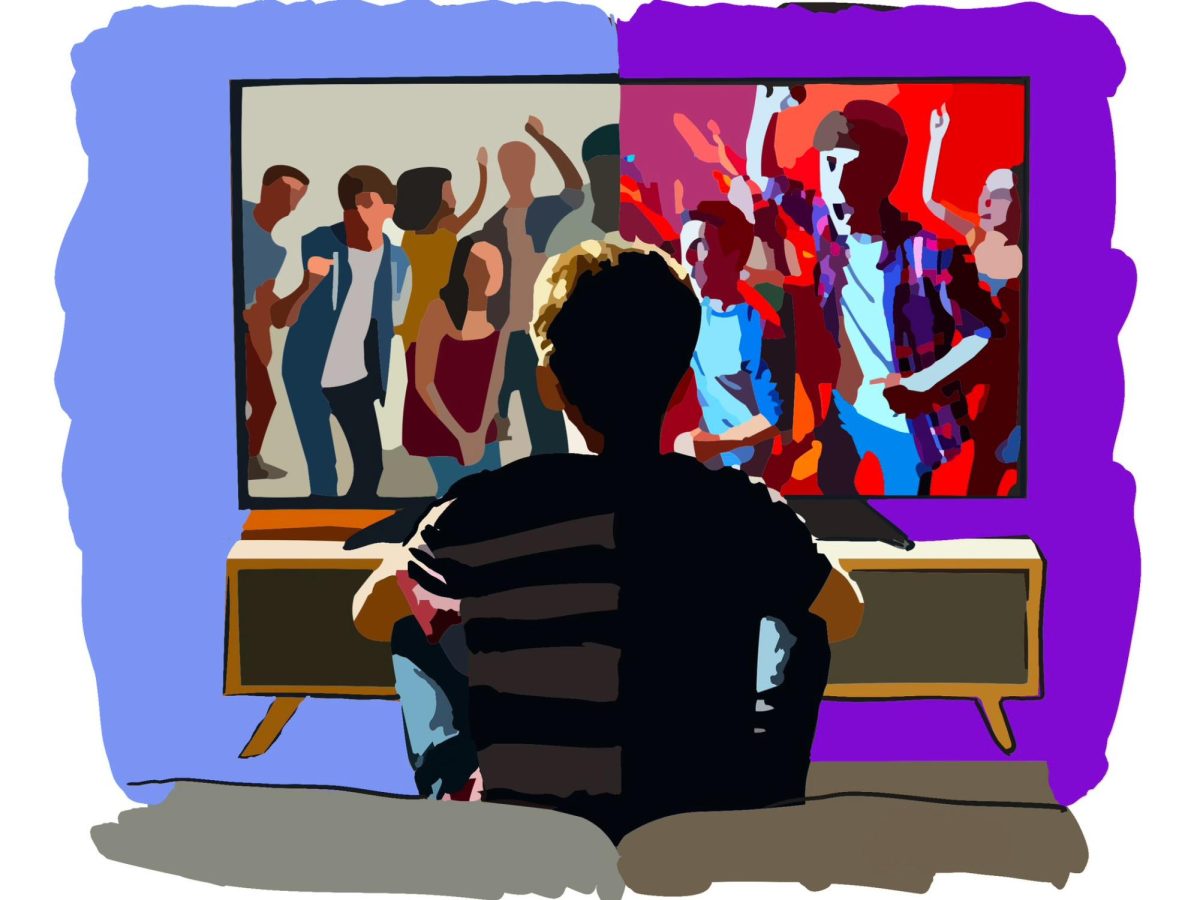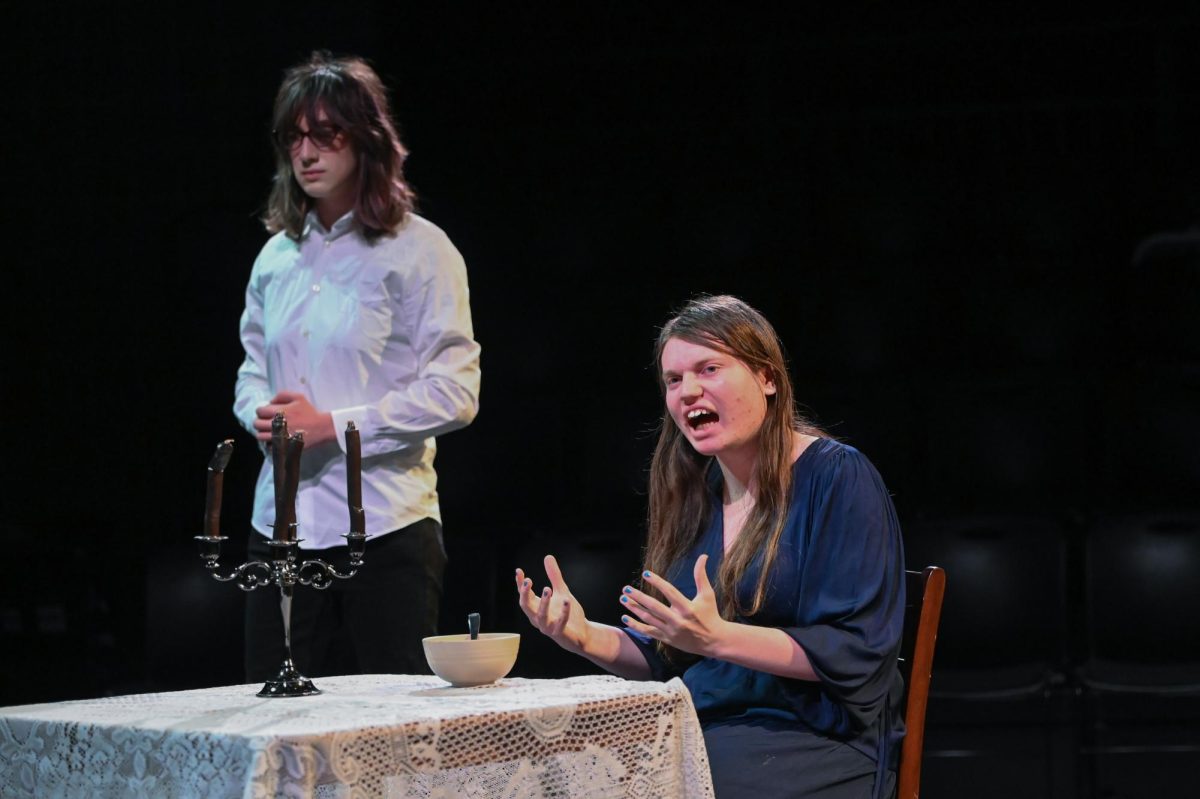“Sex Education” tracks the imaginary lives of teens in a made-up British town over four seasons. “Euphoria” touches on drugs, relationships, social media and high school. In “Never Have I Ever,” a teen who has lost her father navigates life with all its misery and its thrills.
And the list goes on and on.
Coming-of-age stories have always been a focus for book authors and movie makers, providing real high schoolers with lots of images of fictional ones. The result, some U-High students say, is a welcome chance to see recognizable depictions of people of their own age group and interests. For others, many depictions seem to lean toward stereotypes or idealized, unrealistic versions of what it’s really like to be in high school.
“While romanticized depictions of high school can be fun to watch, it can sometimes be hard to picture them as events that could actually occur in your own life, which in turn make them feel not relatable and unattainable,” sophomore Nadia Washington said.
In a way, the Hollywood version of what a current teenager’s life is like suggests that everything is more dramatic on a daily basis than anyone’s life could really be.
“I don’t think movies and TV shows accurately depict teenagers but rather depict exaggerated versions of teen stereotypes,” Hana Javed, a senior, said. “I think that they do this so that more people have things to identify with.”
Sadie Ellis, a sophomore and social media manager for the U-High Film Society, described two distinct types of the current coming-of-age genre: The romanticized version of high school and the real, sometimes difficult version. She cited the film “To All the Boys I’ve Loved Before —” which starts with the premise that the lead character, Lara Jean, has all her secret love letters exposed to their recipients — as an example of the romanticized type.
“It’s a really great, fun movie to watch and it’s awesome — and it is nothing like real life,” Sadie said. “It’s never like, ‘Oh yeah, I’m going to be Lara Jean.’”
Sadie said that she viewed “Heartstopper,” a series about school, friendships and young love, as an example of the more nuanced, true-to-life type show.
“It is not tied up with a pretty bow,” Sadie said of the series. “It is real, and it is about eating disorders and people who are going through really, really hard things, and they don’t get figured out. They’re just doing their best — which is unlike anything I’ve seen on screen before.”
In Sadie’s opinion, there is room for both genres.
“There is a lot of romanticized media about high school, like this is when you have perfect grades, and you’re going to get into Harvard and you’re going to have the perfect boyfriend and then a best friend, and it’s fun to watch,” she said. “It’s happy and it’s fun, but it isn’t real, and so when I watch it, I’m happy and I leave feeling satisfied, but I don’t feel like I can relate as much to the characters because it feels like they’re living on screen in a fake world.”
About the other, more realistic type of show, Sadie added, “I also like the option of feeling really related to these characters who are going through the same things and don’t have it figured out and don’t end up together, or the exact way that they thought they were.”





















































